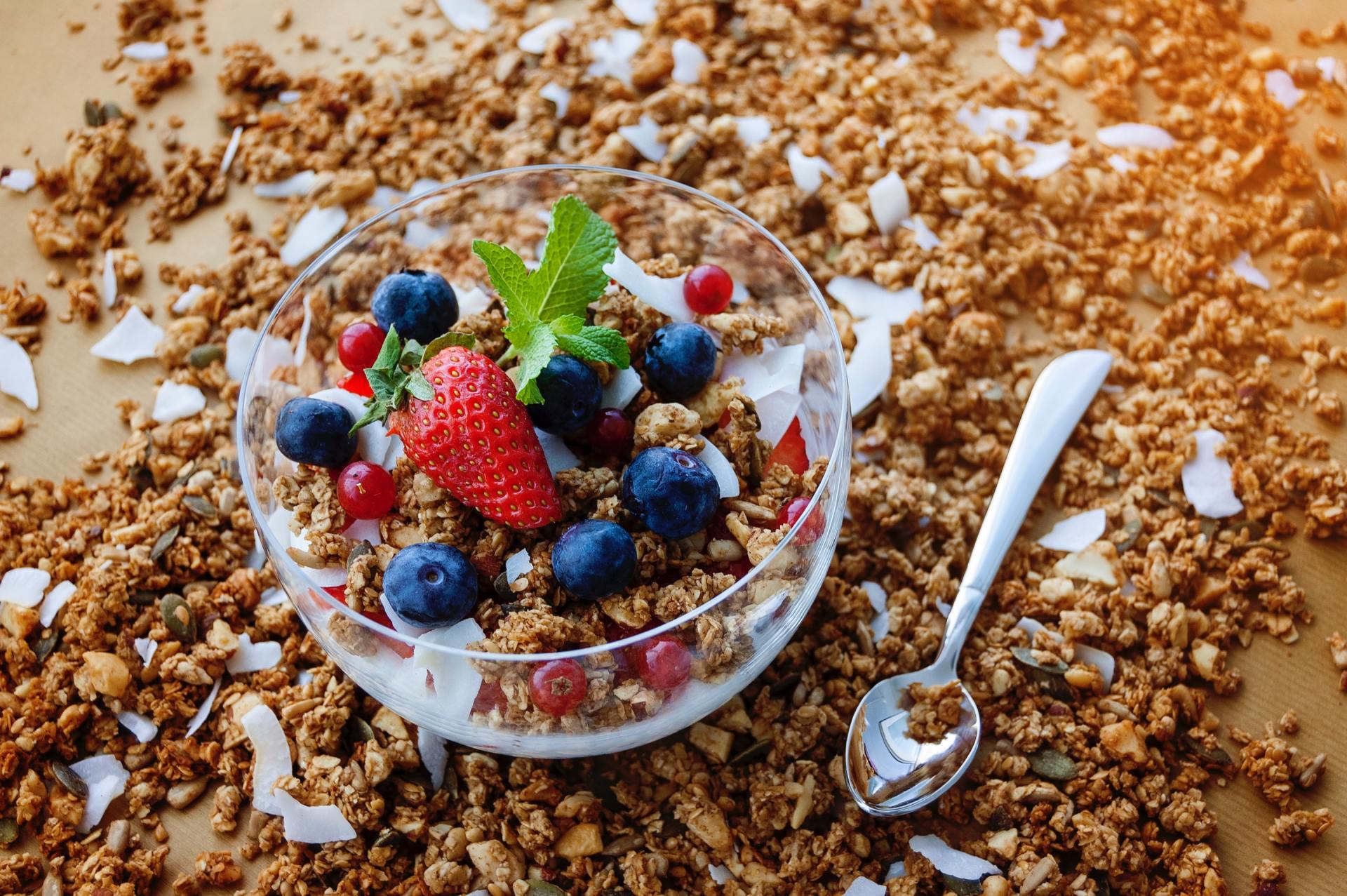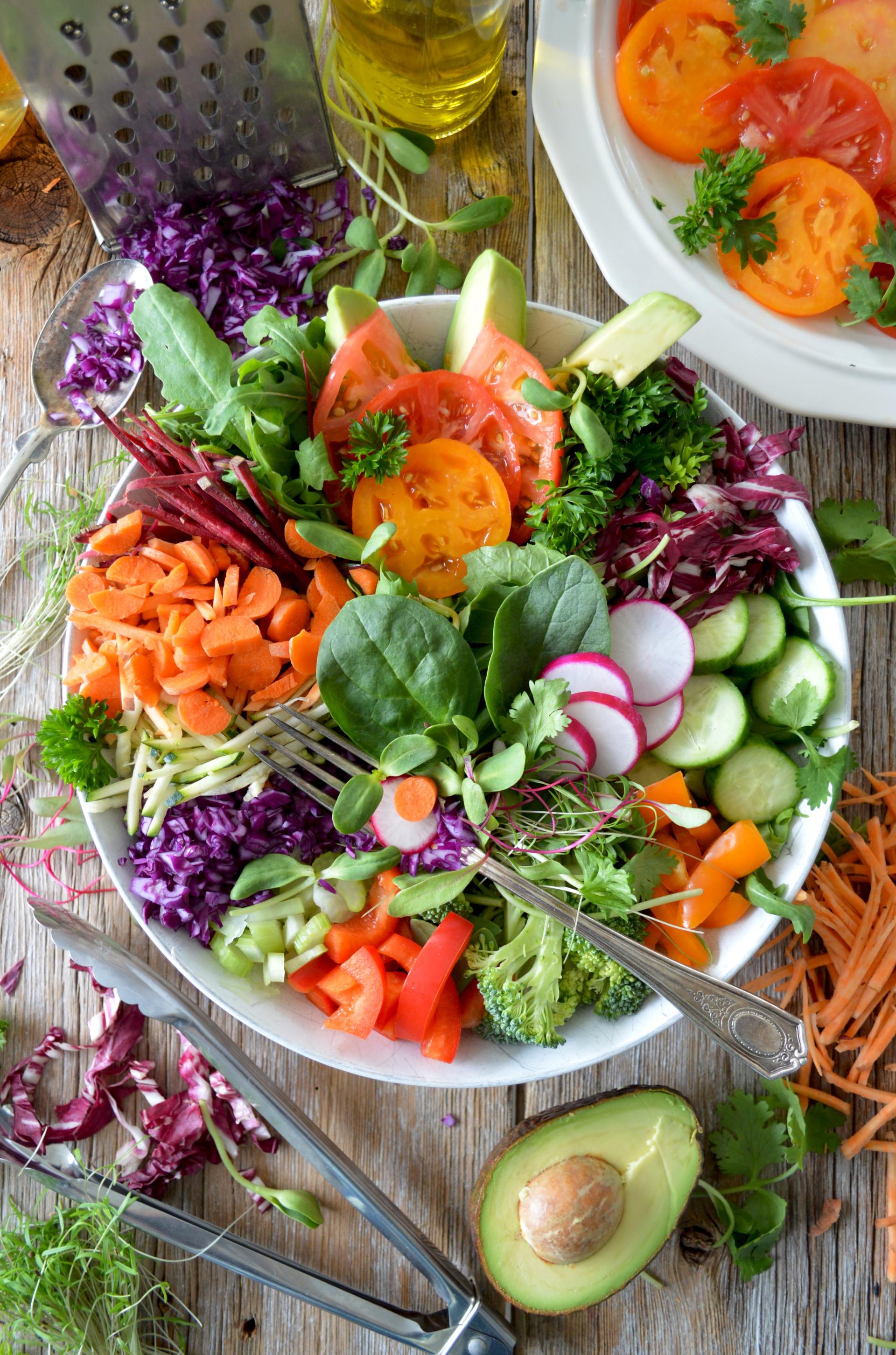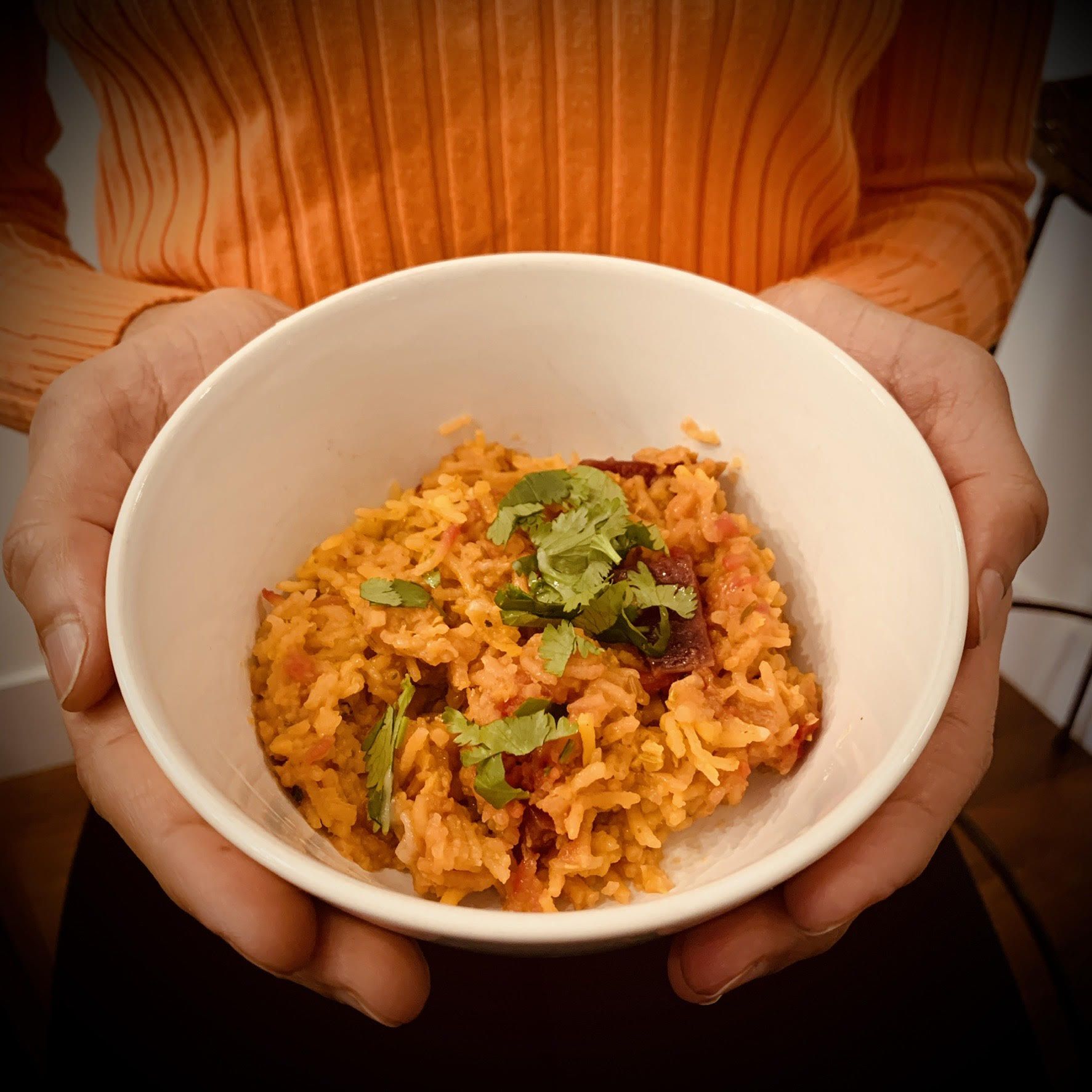By Andrea Potter
•
January 3, 2020
Making change in the diet may come from foresight; a preventative perspective or simply because you want to feel clearer, lighter or more flexible. Making the switch to eating more plants is a learning curve, but you do NOT need to learn how to cook complely new recipes every night of the week! ( BTW t hat scenario is a sure-fire way to get frustrated and fatigued of the new 'diet', setting you up for failure to make the change you want!) Below are some tips to get the benefits of eating more whole, plant foods that you can implement without having to reinvent the wheel in your culinary repetoire. Making these switches help you to gradually increase plant-powered nutrition in your diet and to make the change part of a permanent and positive transition towards better health. Tips for boosting the plant-powered nutrition of your favourite recipes: 1) Improve the overall quality of ingredients by using healthy fats, choosing organic and whole-grain vs. refined flour wherever you can. 2) When recipes call for ground meat, try subbing lentils, beans and/or quinoa. This trade-off increases fiber, helps keep blood-sugar balanced, is heart-healthy and contains lots of filling and satisfying veggie protein. How to sub: If you want to include meat, try halving the amount and replacing the other half with lentils, beans or quinoa. A rough estimate is that to replace 1 lb of ground meat, add 1 cup dried lentils (2 cups cooked) or 1 large can of beans or about 2 cups quinoa or a combination of these. This works great for meat loaf, meat balls, shepherd’s pie, soups and stews. 3) Hide vegetables where you can : I am a big fan of the taste and texture of vegetables- don’t get me wrong! But sometimes I hide them in soups and sauces to get even more nutrition with way less chewing work. Add a zucchini to almost any pureed soup or sauce with nearly no detectable flavour. Puree a handful of greens such as kale, chard or spinach into any pureed soup- them most noticeable change is the colour, so it works best when the soup base is green or white (not orange like carrot soup- that makes a yucky brown colour!) 4) Boost your pesto recipe by tossing in a handful of greens such as kale, chard, arugula or spinach . Put that pesto on everything. 5) When recipes call for potatoes, try subbing white sweet potatoes or celery root . Both these subs have a blood-sugar balancing effect and hand anti-inflammatory properties, compared to potatoes which can cause inflammation and weight gain. Another option is to use the potatoes but add in cauliflower, especially for mashed potatoes. 6) Thicken soups and sauces with vegetables instead of refined starches. 1 potato, sweet potato or a bit of celery root subs for flour or cornstarch to thicken a pot of soup or gravy. These 'slow carbs' have more fiber, and so release energy more slowly than refined carbs like flour and starches. In the short-term they prevent energy crashes from blood-sugar instability. In the long-term, since 'slow carbs' provide more vitamins minerals and fiber per calorie, they help maintain healthy blood-sugar and colon health. 7) Garnish with nuts and seeds . Add toasted chopped nuts, hemp hearts or sesame seeds to noodle dishes, pastas and salads, increasing healthy fats, trace minerals and protein.










